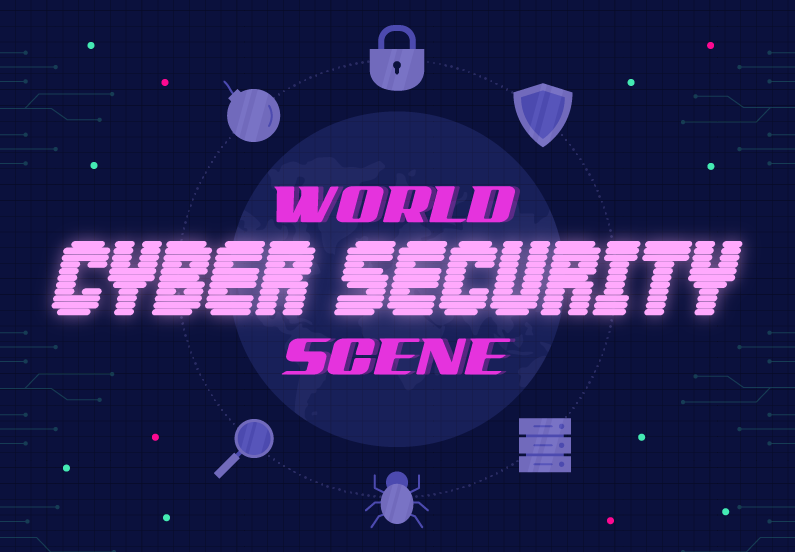India, 31st May 2024 – One of the primary responsibilities of web designers is to ensure that the websites they create safeguard user data. With the rise of eCommerce, social media, and online services, users are required to provide personal information. Designers must incorporate security measures to protect this sensitive data from breaches and theft.

May 31st, being Web Designer Day, it is important that we understand how these motivations highlight the critical importance of incorporating robust cyber security measures in web design. By doing so, web designers can help protect businesses from the myriad threats posed by cybercriminals – In today’s digital age, where cyber threats are increasingly sophisticated, integrating cyber security into web design is not just an option, it is a necessity. Here are a few tips of web designers can integrate cyber security.
Secure Coding Practices:
Secure Coding Practices: Secure coding, also known as secure programming, involves writing code in a high-level language that adheres to strict principles to prevent potential. It is more than writing and releasing code into applications. It means creating a secure development environment based on a reliable and secure IT mechanism. Moreover, adding digital signature on code with Comodo Code Signing Certificate to prevent malware and phishing.
SSL Certificates: An SSL (Secure Sockets Layer) certificate is a digital certificate that authenticates the identity of a website and encrypts information sent to the server using SSL technology. Websites with SSL certificates are often indicated by a padlock icon in the browser’s address bar.
Regular Security Audits: Conducting regular security audits helps identify and fix vulnerabilities. Web designers should collaborate with cyber security experts to perform thorough assessments of their websites.
User Authentication and Authorization: Implementing robust user authentication mechanisms, such as multi-factor authentication (MFA), can prevent unauthorized access. Proper authorization protocols ensure that users only have access to the data and functionalities relevant to their role.
Staying Informed: Cyber security is an ever-evolving field. Web designers should stay informed about the latest security threats and best practices. Continuous learning and professional development in cyber security can help designers keep their skills and knowledge up to date.
Privacy by design: Privacy by design should be embedded into the development and operation of systems, processes, and services from the outset. It is important that personal data is automatically protected and there is total transparency about data practices and policies. This ensures that all stakeholders, including users, can see and verify that data handling practices are in line with the stated promises and objectives.
Implementing a web security solution: A browser-based web security solution can provide comprehensive protection to users against web-related cyber threats. It can block known-bad phishing sites and drive-by downloads, monitor movement of sensitive data and provide increased visibility and control.



